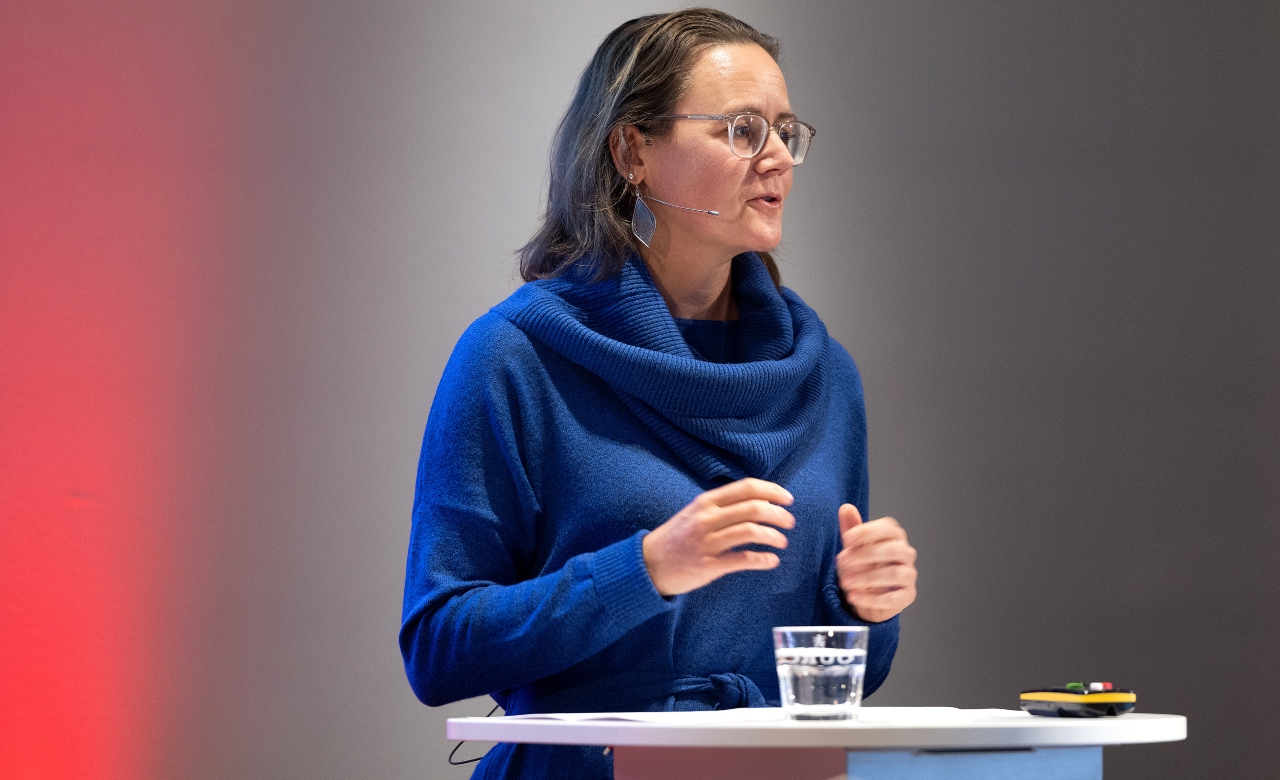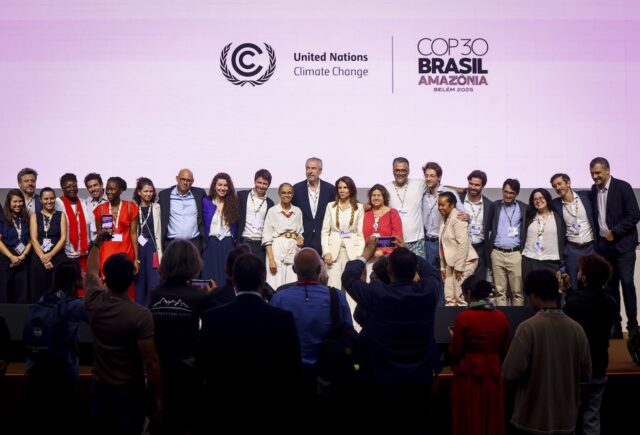Achieving impact by investing in private equity funds is hard because it isn’t clear which companies money will be invested in, says PGGM’s Karin Bouwmeester.

It’s a commonly held belief that it is much easier to achieve impact through private market investments than through investing in publicly listed stocks. But impact investing in private equity is not as straightforward as it may seem, according to Karin Bouwmeester, responsible for ESG investing in private equity at Dutch pension asset manager PGGM.
“Eight months ago I switched from listed equities to private equity. So I thought ‘Yes: now I can make a lot of impact!’,” Bouwmeester, the sustainability and ESG expert for private equity at PGGM, the €230bn asset manager of Dutch healthcare scheme PFZW, told Impact Investor’s Annual Conference, held in The Hague last week.
Investors who believe they can make concrete impact by engaging with listed companies are often branded naïve and over-optimistic. It’s easier to achieve impact in private equity because there is easier access to management and finance greenfield investments, rather than invest through the secondary market.
Bouwmeester thought so too. But she quickly received a reality check. “Even in private equity it is very difficult to make an impact,” she said.
Due diligence
A major reason for this is that PGGM invests 80% of its private equity portfolio through funds. On the 20% of co-investments that PGGM manages, it has more visibility.
“Because we invest mainly through funds, we usually don’t know in which companies that money will be invested when we commit our funds. Therefore we can’t know exactly what impact that investment will have,” said Bouwmeester.
In order to still get as much of an idea of this as possible, good due diligence is important. “We do a strict selection on the managers, but as a result only a few remain, even before we look at the risk-return profile attached to an investment,” she said.
Bouwmeester mentioned Sweden’s Summa Equity as an example of a fund that passed PGGM’s selection process. Summa’s third fund, with €2bn under management, in which PGGM participates, invests in seven companies, all of which would contribute to the UN’s Sustainable Development Goals (SDGs).
In total, however, only 7% of PGGM’s private equity investments contribute to those SDGs, according to Bouwmeester. So this is not more, but significantly less than the firm’s total investment portfolio, over 21% of which is in line with the SDGs.
Article 9
For impact investments, things are even more complicated. Although some private equity funds have a ‘dark green’ SFDR Article 9 rating, according to which all investments have sustainable characteristics, this does not necessarily mean they are impact investments, according to Bouwmeester.
“It may well be that a fund manager considers something an impact investment, but that we do not. We also have investments in funds that we do call an impact investment that contributes to the SDGs, but do not have an Article 9 classification. For example, we have some US managers for whom that applies.”
PGGM is working towards classifying its investments on the basis of the EU taxonomy. According to this taxonomy, an investment may only be considered sustainable if, in addition to the positive impact, it does not cause ‘significant damage’ to the environment.
Taxonomy
PGGM wants 8% of investments in climate solutions to comply with that green taxonomy by 2030. That is well below the percentage of investments it itself qualifies as climate solutions within its SDG-related investments (15%). PGGM does not yet know how many of its investments already conform to the green taxonomy.
“Ultimately, there is no investment without any issue. Every company also has a negative impact in some way,” said Piet Klop, head of responsible investment at PGGM. However, it is difficult to find out whether these issues are so large that they negate the impact. “You have to apply a negative screen to your investments, but that’s a big problem. Because the data needed to do that is not there yet.”
Still, by next year, pension investors must report which investments comply with the European taxonomy. “We are trying hard to find derivatives for this, but in the vast majority of cases you cannot at the moment prove whether a company is green enough or not,” noted Klop, hinting that PGGM may switch to a more concentrated investment portfolio, following in the footsteps of ABP and PME, among others.
What is ‘significant harm’?
“We now invest in 4,000 companies, but we cannot possibly justify them all as being good investments in terms of both risk and return as well as impact,” Klop said. “Ultimately, we want to be able to defend all of our investments in the media,” he adds.
While it is already difficult for listed investments to get sustainability data, it is even harder for private equity investments. “Ideally, we want to be able to determine at company level whether a company qualifies as sustainable according to the European taxonomy. The only problem is: how do we get those data?,” said Bouwmeester.
Moreover, the European Commission has not made it clear at what stage an investment causes so much negative impact that it can no longer be considered a sustainable investment. “There is no definition of significant harm. That makes it even more difficult for us to make a decision,” Bouwmeester concluded.






